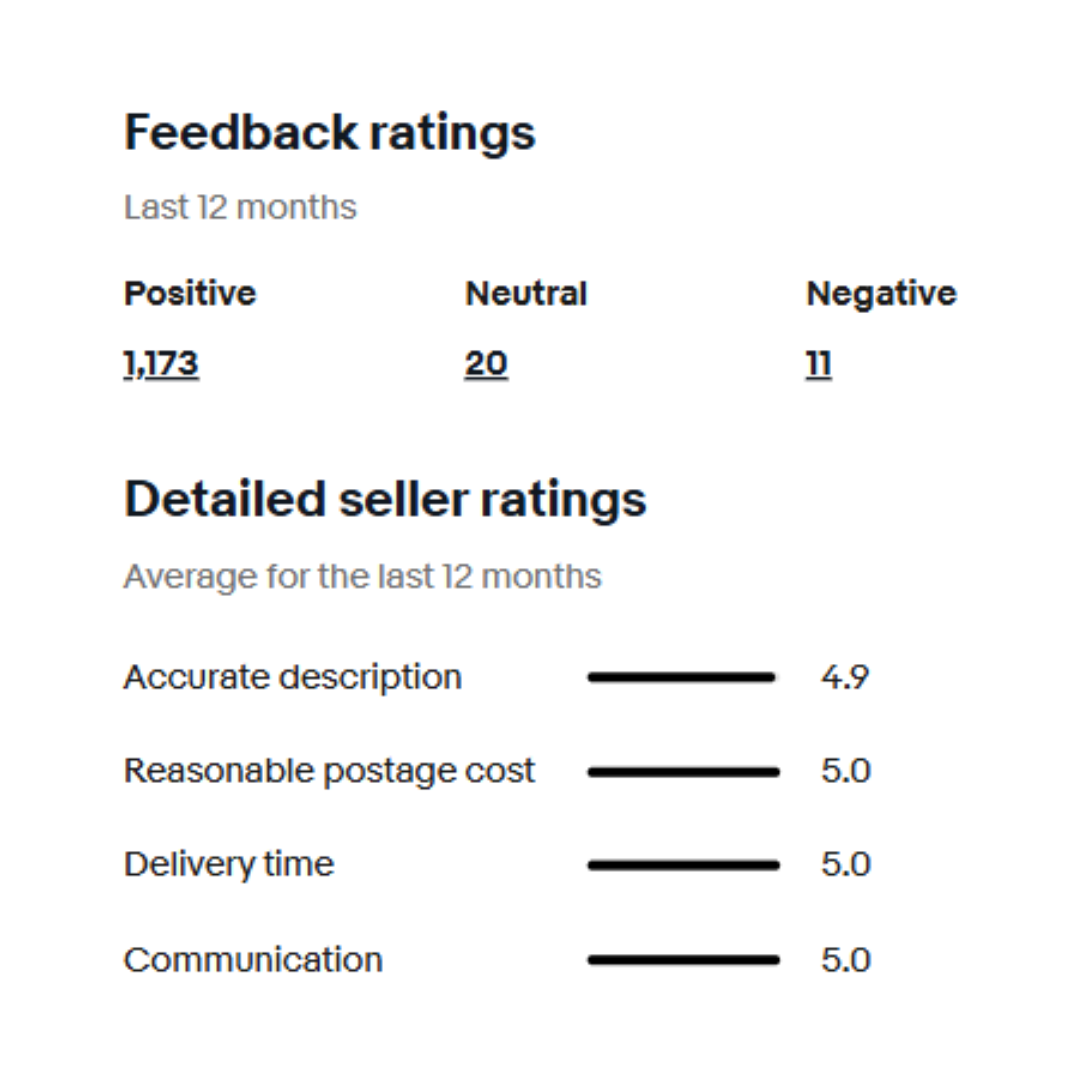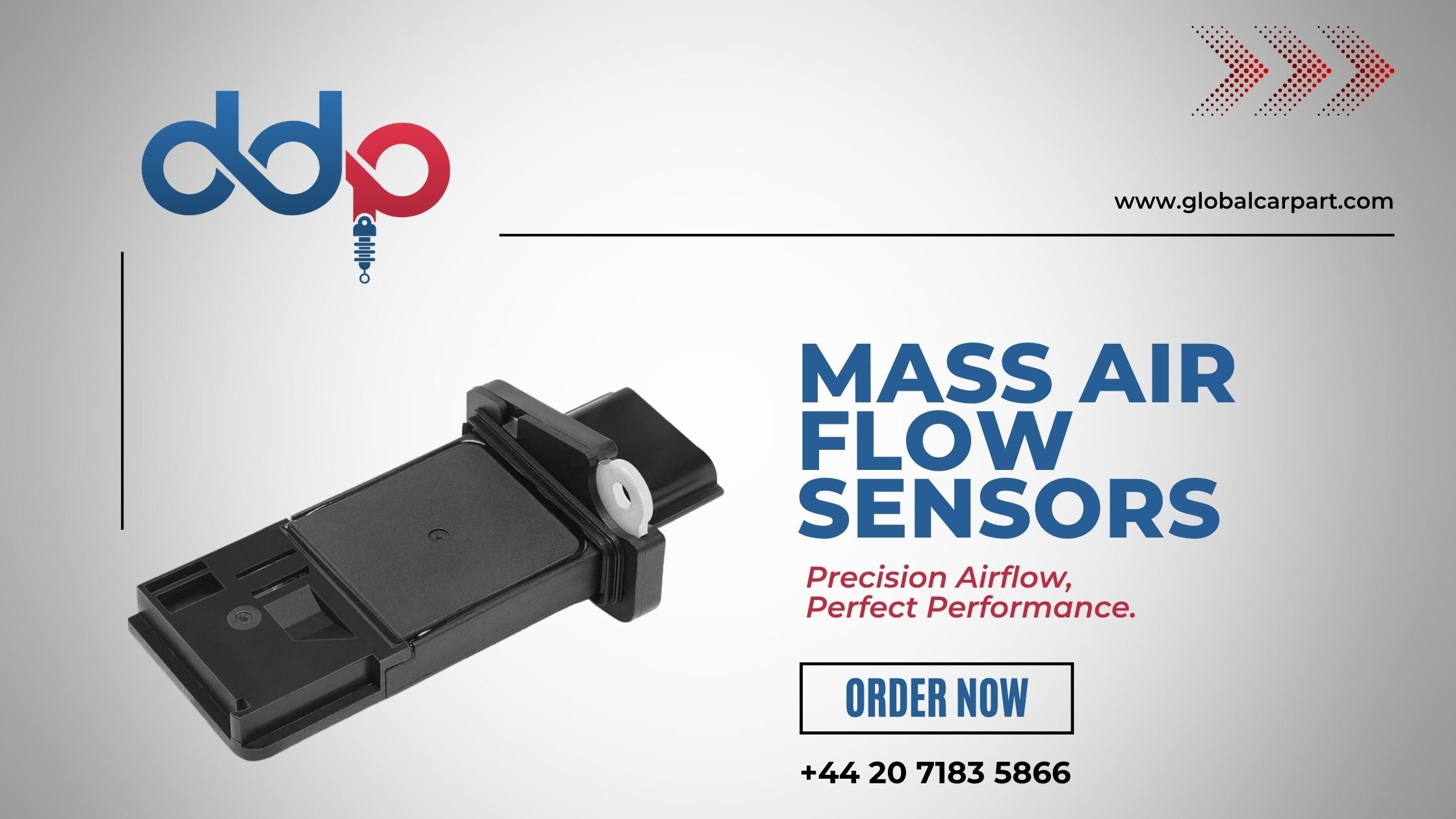The Complete Guide to Mass Air Flow Sensors: Everything You Need to Know
Your vehicle's engine is a complex system that relies on precise measurements to deliver optimal performance. One of the most critical components in this equation is the Mass Air Flow Sensor is a small yet mighty device that plays a vital role in keeping your car running smoothly and efficiently. In this comprehensive guide, we'll explore everything you need to know about this essential component, from how it works to maintaining it for long-term reliability.

What Is a Mass Air Flow Sensor?
A Mass Air Flow Sensor (MAF sensor) is an electronic device located between your vehicle's air filter and intake manifold. Its primary function is to measure the volume and density of air entering the engine. This information is crucial because your engine control unit (ECU) uses it to calculate the correct amount of fuel to inject, ensuring the ideal air-fuel mixture for combustion.
Without an accurately functioning MAF sensor, your engine cannot determine how much fuel it needs, leading to poor performance, reduced fuel economy, and increased emissions. Modern vehicles rely heavily on this sensor to meet strict emission standards whilst delivering the performance drivers expect.
How Does a Mass Air Flow Sensor Work?
The Mass Air Flow Sensor operates using either a hot wire or hot film technology. Here's how the most common type of the hot wire MAF sensor functions:
The Hot Wire Method:
- A thin platinum wire is heated to a constant temperature above the ambient air temperature
- As air flows past the wire, it cools the wire down
- The sensor's electronic circuit measures how much electrical current is needed to maintain the wire's temperature
- More airflow means more cooling, requiring more current to maintain temperature
- This current measurement is converted into a voltage signal sent to the ECU
- The ECU interprets this signal to determine the precise mass of air entering the engine
The hot film variant works similarly but uses a film element instead of a wire, offering improved durability in some applications. Both types provide real-time data that allows your engine management system to make split-second adjustments to fuel delivery, ignition timing, and other parameters.

Common Symptoms of a Faulty Mass Air Flow Sensor
When your MAF sensor begins to fail, your vehicle will typically display several warning signs. Recognising these symptoms early can save you from more costly repairs down the line:
Performance Issues:
- Rough idling or engine stalling, particularly when coming to a stop
- Hesitation or jerking during acceleration
- Loss of engine power, especially noticeable during overtaking
- Difficulty starting the engine, particularly when cold
Fuel Economy Problems:
- Noticeably decreased miles per gallon
- Engine running too rich (black exhaust smoke) or too lean
- Strong petrol smell from the exhaust
Warning Lights and Codes:
- Check Engine light illuminated on the dashboard
- Diagnostic trouble codes related to air-fuel mixture (commonly P0101, P0102, or P0103)
If you experience any of these symptoms, it's worth having your Mass Air Flow Sensor inspected by a qualified technician or testing it yourself with a diagnostic scanner.
When it comes to replacement parts, choosing quality matters. DDP Auto Parts offers a comprehensive range of genuine, high-quality Mass Air Flow Sensors for virtually every make and model. With competitive prices and reliable delivery across the UK, they're your trusted partner for keeping your vehicle in top condition.
How to Replace a Mass Air Flow Sensor
Replacing a faulty MAF sensor is often a straightforward task that many DIY enthusiasts can accomplish with basic tools. Here's a general guide:
Tools You'll Need:
- Screwdriver set (typically flathead or Torx)
- Clean cloth or microfibre towel
- Optional: MAF sensor cleaner spray
Step-by-Step Replacement Process:
- Locate the Sensor: Find your Mass Air Flow Sensor between the air filter housing and the intake manifold. Consult your vehicle's manual if needed.
- Disconnect the Electrical Connector: Carefully unplug the electrical connector from the sensor. Most have a tab or clip that needs pressing to release.
- Remove Mounting Hardware: Unscrew the clamps or bolts securing the sensor to the air intake tube. These are typically easy to access.
- Remove the Old Sensor: Gently slide the sensor out of the intake tube, taking care not to damage any surrounding components.
- Install the New Sensor: Insert your new MAF sensor into the intake tube, ensuring it's oriented correctly (there's usually only one way it fits).
- Secure and Reconnect: Tighten the mounting hardware and reconnect the electrical connector until you hear a click.
- Test the Vehicle: Start your engine and check for any warning lights. Take a short test drive to ensure smooth operation.
Important Note: Avoid touching the sensing elements inside the MAF sensor, as oils from your skin can contaminate them and cause malfunction.
Maintaining Your Mass Air Flow Sensor
Proper maintenance can significantly extend the life of your Mass Air Flow Sensor and prevent premature failure:
Regular Air Filter Changes: The most effective preventive measure is replacing your air filter according to your vehicle manufacturer's schedule. A clean air filter prevents contaminants from reaching and fouling the sensitive MAF sensor elements.
Periodic Cleaning: If your sensor is dirty but still functional, you can carefully clean it using specialised MAF sensor cleaner spray (never use other types of cleaners or compressed air). Remove the sensor, spray the heating elements with 10-15 short bursts, allow to dry completely, then reinstall.
Avoid Oil-Based Air Filters: Over-oiled performance air filters can deposit oil on the sensor elements, causing inaccurate readings. If you use a reusable filter, apply oil sparingly.
Check for Air Leaks: Ensure your intake system has no cracks or loose connections that could allow unmetered air to enter, which confuses the sensor's readings.
Why Mass Air Flow Sensors Are Critical for Engine Performance
The importance of a properly functioning MAF sensor cannot be overstated. Here's why it's so crucial:
Optimal Air-Fuel Ratio: Your engine requires a precise mixture of approximately 14.7 parts air to 1 part fuel (stoichiometric ratio) for complete combustion. The Mass Air Flow Sensor provides the data needed to achieve this balance under all driving conditions.
Fuel Efficiency: Accurate airflow measurement ensures your engine uses only the fuel it needs. A faulty sensor often causes the ECU to over-compensate, leading to fuel wastage and higher costs at the pump.
Emissions Control: Modern catalytic converters and emission systems depend on correct air-fuel mixtures to function properly. A malfunctioning MAF sensor can cause your vehicle to fail MOT emissions tests.
Engine Longevity: Running too rich or too lean for extended periods can cause carbon buildup, damage spark plugs, and even harm your catalytic converter all expensive repairs that a functioning sensor helps prevent.
Frequently Asked Questions About Mass Air Flow Sensors
Q: How long does a Mass Air Flow Sensor typically last?
A: With proper maintenance, a MAF sensor can last 100,000 to 150,000 miles or more. However, driving conditions and air filter maintenance significantly affect lifespan.
Q: Can I drive with a faulty MAF sensor?
A: Whilst you can technically drive with a faulty sensor, it's not recommended. You'll experience poor performance, reduced fuel economy, and may cause damage to other engine components.
Q: How much does it cost to replace a Mass Air Flow Sensor?
A: Replacement sensors typically cost between £50-£300 depending on your vehicle make and model. Labour costs vary, but many people choose to replace them themselves due to the straightforward process.
Q: Will disconnecting the MAF sensor improve performance? A: No. Disconnecting the sensor forces your ECU into a default "limp mode" that uses estimated values rather than real data, resulting in worse performance and fuel economy.
Q: Can a dirty air filter damage my Mass Air Flow Sensor?
A: Yes. A clogged or damaged air filter allows contaminants to reach the sensor's delicate components, causing fouling and eventual failure.
Q: Should I use aftermarket or OEM sensors?
A: Quality aftermarket sensors from reputable suppliers often perform as well as OEM parts at a lower price. The key is choosing a trusted supplier with genuine, high-quality components.
Where to Buy Quality Mass Air Flow Sensors in the UK
When it's time to replace your Mass Air Flow Sensor, choosing the right supplier is just as important as selecting the right part. DDP Auto Parts stands out as a premier destination for genuine, high-quality automotive components across the UK.
With an extensive inventory of MAF sensors for all major vehicle makes and models, DDP Auto Parts combines competitive pricing with the reliability you need. Their user-friendly website at globalcarpart.com makes finding the exact part for your vehicle simple and straightforward. You can browse their dedicated Mass Air Flow Sensors collection to find the perfect match for your car.
What sets DDP Auto Parts apart is their commitment to quality assurance and customer satisfaction. Each component undergoes rigorous quality checks to ensure it meets or exceeds OEM specifications, giving you peace of mind with every purchase. Combined with fast, reliable delivery throughout the UK and knowledgeable customer support, DDP Auto Parts is your trusted partner for maintaining your vehicle's performance.
Conclusion
The Mass Air Flow Sensor may be small, but its impact on your vehicle's performance, fuel efficiency, and emissions is substantial. Understanding how it works, recognising the symptoms of failure, and maintaining it properly can save you money and keep your car running at its best for years to come.
Whether you're experiencing symptoms of a faulty sensor or simply performing preventive maintenance, don't compromise on quality. Visit DDP Auto Parts today to explore their comprehensive range of Mass Air Flow Sensors and other essential engine components because your vehicle deserves nothing but the best.






